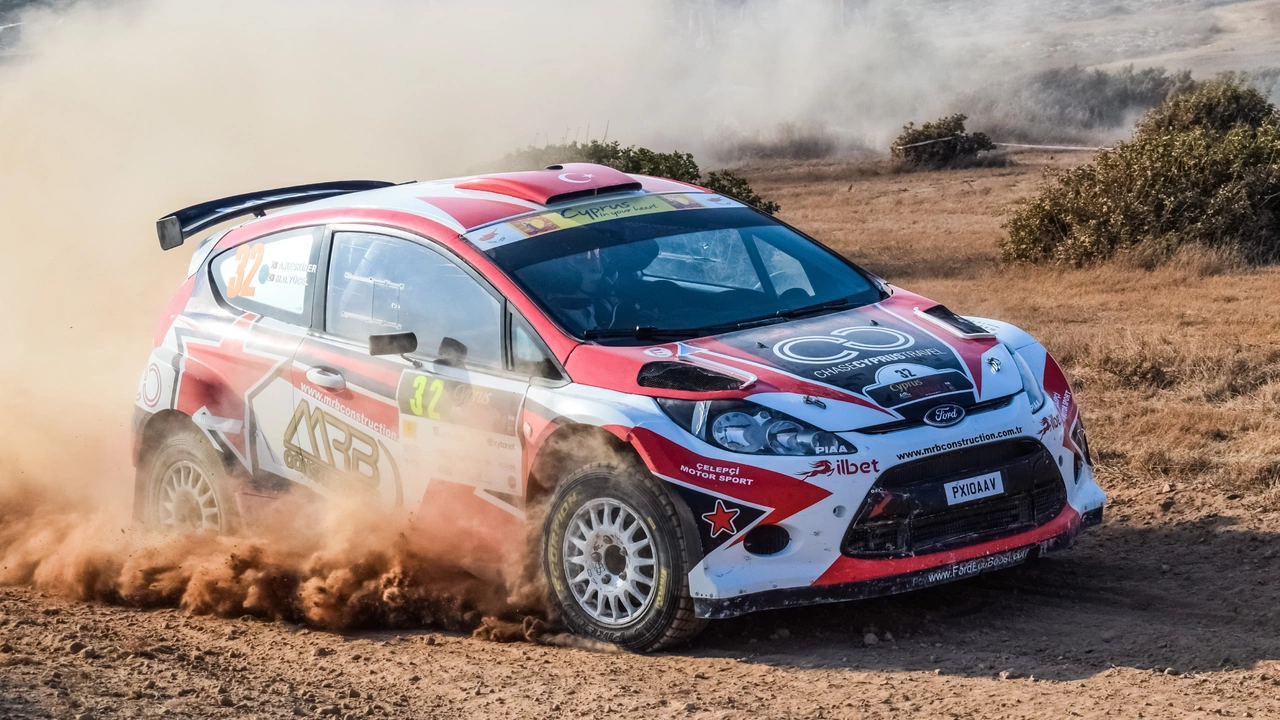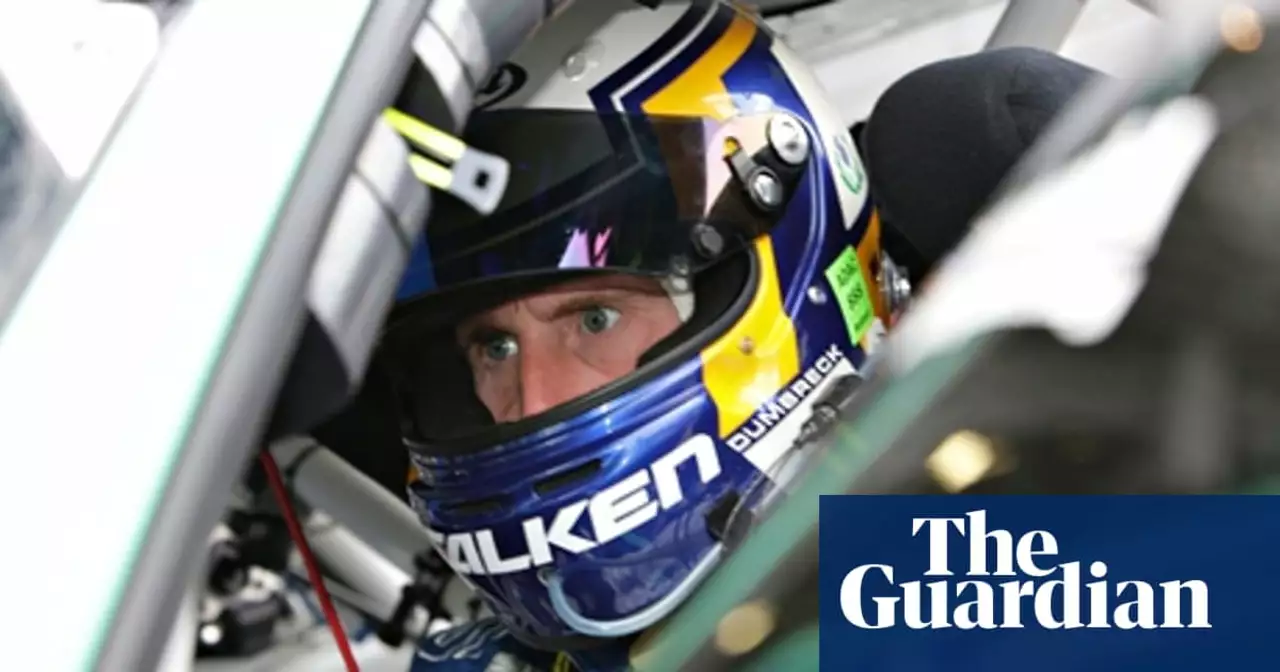Racing Hub – Tips, Tricks and Tech for Rally Fans
Welcome to the racing tag page. Here you’ll find straight‑forward advice on everything from getting your first rally car to mastering high‑speed drifts. No jargon, just real‑world tips you can use this weekend.
Getting Started with Rally Racing
If you’re a teen or beginner, the first step is a rally school. A good school teaches car control, basic mechanics and safety. You’ll learn how a sequential gearbox works – it lets you shift 1‑2‑3‑4 without missing a step, which is faster than a traditional H‑pattern.
Front‑wheel‑drive (FWD) cars can be a solid starter choice. They handle low‑grip surfaces well and are easier to keep under control on loose gravel. Remember, the car is only as good as the driver, so practice throttle control and braking.
Don’t overlook the hand‑brake stick on the centre console. Pulling it locks the rear wheels and lets you swing the car around tight corners. It’s essential for tight hairpins and slippery sections. Learn when to use it so you don’t waste time.
Rally crews always have two people: a driver and a co‑driver. The co‑driver reads pace notes that describe every bend, surface change and hazard. Even the most experienced drivers rely on these notes to keep the car on the right line.
Advanced Driving Techniques
Drifting isn’t just for show; it keeps the car balanced when the road surface changes rapidly. By sliding the rear, you shift weight forward, which helps the front tires grip. Practice controlled drifts on a safe, empty stretch before hitting a stage.
Speed limits vary with the surface. On smooth asphalt you can hit 100 mph, while on gravel the ceiling is around 120 mph for top‑class cars. Always match your speed to the terrain and your skill level.
Rally strategy differs from F1. You need endurance, adaptable tire choices and the ability to improvise when weather shifts. In F1, every millisecond counts on a single circuit; rally demands consistency over many stages and surfaces.
Car setup matters. A well‑tuned suspension absorbs bumps, while a proper differential helps distribute power to the wheels that need it most. Adjusting these settings for each event can shave seconds off your time.
Finally, keep learning. Watch videos of top crews, read race reports and talk to other drivers. Every rally teaches something new, whether it’s a better line through a forest or a smarter way to read the notes.
Use this page as a quick reference. Dive into the individual posts for deeper details on each topic, and start applying what you learn on the road today.
How fast do rally cars go in MPH?
In the thrilling world of rally racing, speed is king. Rally cars can typically reach speeds of up to 120-130 MPH on straight sections of the course, depending on the car and conditions. However, it's important to note, much of rally racing involves navigating tight turns and rough terrain, where precision and control often trump outright speed. So, while these vehicles may not match the top speeds of their track racing counterparts, the skill and agility required in rally racing make it an adrenaline-packed spectacle. After all, it's not just about how fast you go, but how well you can handle the ride.
Read MoreHow much does it costs to become a rally driver?
Becoming a professional rally driver is an expensive but rewarding endeavor. From buying the right car and equipment to paying for travel, lodging, and other expenses, the cost of getting into the sport and succeeding can add up quickly. But with dedication, hard work, and the right attitude, it is possible to make a career out of rally driving. For those passionate about the sport, the cost of becoming a rally driver can be worth the effort.
Read MoreWhat is the difference between rally and rallycross?
Rally and rallycross are two motor sports that have some similarities but differ in many ways. Rally is a multi-stage event which tests a driver’s ability to navigate through a course, while rallycross is a one day event that takes place on a closed track with both dirt and asphalt surfaces. Rally stages are usually long and consist of a variety of road surfaces and conditions, whereas rallycross is held on a short track and involves high speed maneuvering around tight corners. The cars used in rallying are usually modified road cars, whereas rallycross cars are highly modified with higher power outputs and improved suspension. Finally, rally is usually held on public roads, whereas rallycross is held on purpose-built tracks.
Read More



